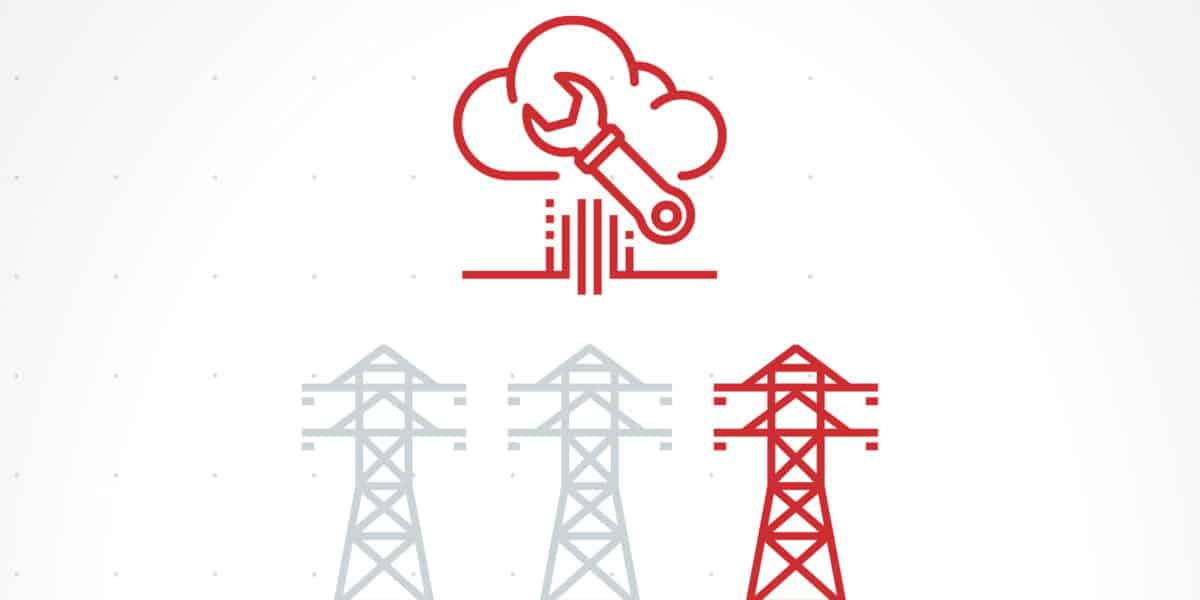Digital condition management helps Fingrid take care of the switchgear in substations. Maintenance measures can be allocated precisely where they are needed.
Fingrid has been developing condition management devices as part of a research and development project over approximately five years, and the devices have now been deployed for production use at ten substations.
Fingrid aims for extensive adoption of the digital condition management system in the main grid by 2025. The system will provide a constant stream of up-to-date information on the condition of switchgear and current transformers.
No equivalent condition management devices have been developed in any other country. In 2018, Fingrid
held an innovation competition with the aim of developing condition management devices, and the
winning proposal was submitted by ionSign, a design bureau based in Rauma, Finland.
“ionSign was established in 2007 and currently has eight employees. We design IoT solutions that combine remote management electronics and data transfer. Our devices collect data from the field and transfer it to a cloud service for further processing,” says Mika Kivistö, ionSign’s CEO.
“The devices we have developed in collaboration with Fingrid perform functions such as registering acoustic emissions – in other words, abnormal sounds – and measuring the current profiles used by devices, temperature rises, and leakage currents, which can reveal insulation failures,” Kivistö
continues.

Condition management devices support risk management
The devices have only been used for a short time so far, but they have already produced tangible benefits.
“Fingrid’s specialists can refine and analyse the collected data and use it to target maintenance measures to the devices that really need them. Maintenance based on data and key indicators is a cost-effective and timely use of resources,” says Mika Vartiainen, Specialist at Fingrid.
In the future, Fingrid aims to train artificial intelligence to interpret the data based on machine learning
models and automatically suggest what maintenance is required.
“By anticipating faults, we can prevent disturbances in the main grid and hazardous situations at substations. For example, damaged insulation could cause a device to explode, and no comparable means were previously available for identifying such damage. Ultimately, this is a matter of risk management,” Vartiainen summarises, speaking of the system’s benefits.
At the moment, ionSign is developing condition management devices specifically for Fingrid’s needs,
but transmission system operators in other countries could also benefit from them in the future.






